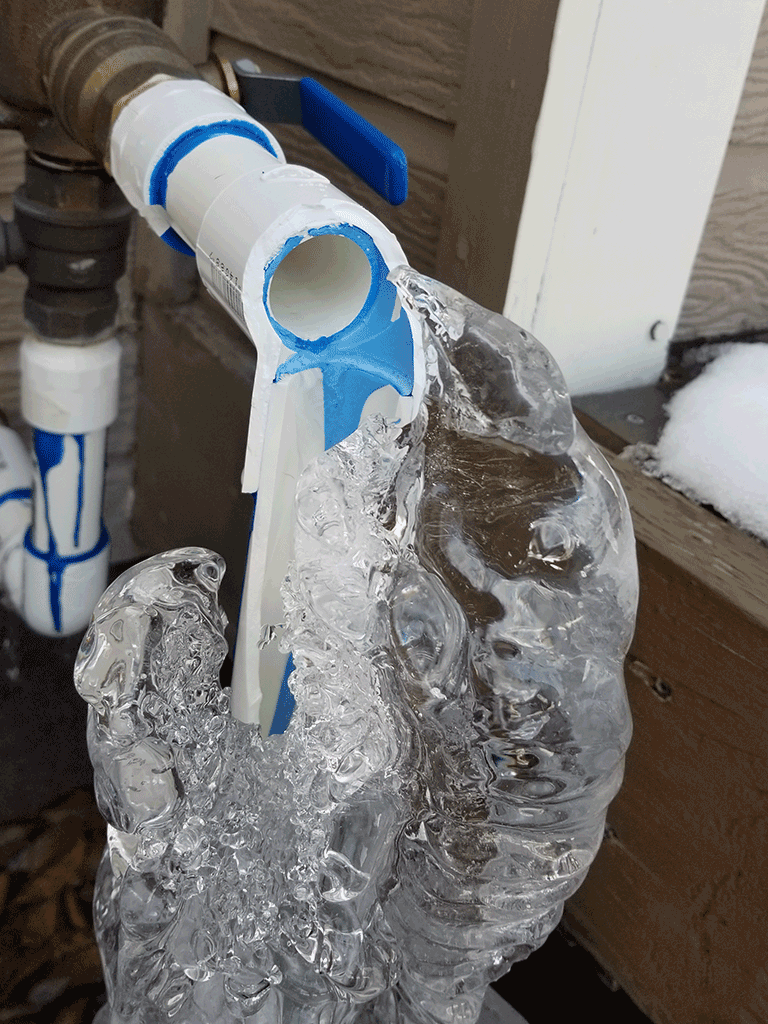Just how do you actually feel when it comes to How to prepare your home plumbing for winter weather?

Winter can ruin your plumbing, particularly by freezing pipelines. Here's exactly how to avoid it from taking place and what to do if it does.
Introduction
As temperature levels decrease, the risk of icy pipes rises, possibly resulting in costly repair services and water damages. Understanding how to stop frozen pipes is critical for house owners in cold climates.
Avoidance Tips
Insulating susceptible pipes
Wrap pipes in insulation sleeves or use warm tape to safeguard them from freezing temperature levels. Focus on pipelines in unheated or outside locations of the home.
Heating strategies
Maintain indoor areas properly heated up, especially locations with pipes. Open up closet doors to allow cozy air to flow around pipelines under sinks.
Just how to recognize frozen pipes
Search for decreased water flow from faucets, unusual smells or sounds from pipelines, and noticeable frost on subjected pipelines.
Long-Term Solutions
Architectural changes
Consider rerouting pipes far from outside wall surfaces or unheated locations. Add additional insulation to attic rooms, cellars, and crawl spaces.
Updating insulation
Buy top quality insulation for pipes, attic rooms, and walls. Appropriate insulation aids keep constant temperature levels and lowers the danger of frozen pipes.
Shielding Outside Plumbing
Garden hoses and exterior faucets
Detach and drain pipes garden pipes before winter months. Install frost-proof faucets or cover outside taps with insulated caps.
Recognizing Frozen Pipes
What causes pipelines to freeze?
Pipes freeze when exposed to temperature levels listed below 32 ° F (0 ° C) for prolonged periods. As water inside the pipes freezes, it increases, putting pressure on the pipe walls and possibly creating them to rupture.
Threats and problems
Frozen pipes can result in water disruptions, building damages, and pricey repairs. Burst pipelines can flooding homes and trigger substantial structural damages.
Indicators of Frozen Water Lines
Recognizing icy pipelines early can stop them from breaking.
What to Do If Your Pipelines Freeze
Immediate actions to take
If you think frozen pipes, keep faucets open to soothe stress as the ice melts. Make use of a hairdryer or towels taken in hot water to thaw pipelines slowly.
Verdict
Stopping frozen pipelines requires proactive actions and fast responses. By recognizing the causes, indications, and safety nets, property owners can shield their plumbing during winter.
6 Proven Ways to Prevent Frozen Pipes and Protect Your Home
Disconnect and Drain Garden Hoses
Before winter arrives, start by disconnecting your garden hoses and draining any remaining water. Close the shut-off valves that supply outdoor hose bibs and leave the outdoor faucet open to allow any residual water to drain. For extra protection, consider using faucet covers throughout the colder months. It’s also important to drain water from any sprinkler supply lines following the manufacturer’s directions.
Insulate Exposed Pipes
Insulating your pipes is an effective way to prevent freezing. Pipe insulation is readily available at home improvement stores and is relatively inexpensive. Pay close attention to pipes in unheated areas such as the attic, basement, crawl spaces, or garage. Apply foam insulation generously to create a buffer against the cold. You can also wrap your pipes in heat tape or thermostat-controlled heat cables for added warmth.
Seal Air Leaks
Inspect your home for any cracks or openings that could let in cold air. Seal any holes around the piping in interior or exterior walls, as well as the sill plates where your home rests on its foundation. Additionally, make sure to keep your garage door closed unless you’re entering or exiting. Leaving it open creates a significant air leak that can lead to frozen pipes.
Allow Warm Air Circulation
During cold snaps, it’s essential to allow warm air to circulate evenly throughout your home. Leave interior doors ajar to promote better airflow. Open kitchen and bathroom cabinets to help distribute heat consistently around the rooms. If you have small children or pets, be sure to remove any household chemicals or potentially harmful cleaners from open cabinets for safety.
Let Faucets Drip
A small trickle of water can make a big difference in preventing ice formation inside your pipes. When temperatures drop significantly, start a drip of water from all faucets served by exposed pipes. This continuous flow helps prevent the water from freezing. Additionally, running a few faucets slightly can relieve pressure inside the pipes, reducing the chances of a rupture if the water inside does freeze.
https://choateshvac.com/6-proven-ways-to-prevent-frozen-pipes-and-protect-your-home/

I'm very eager about Preventing and dealing with frozen pipes and I'm hoping you enjoyed our blog posting. Don't hesitate to set aside a second to share this entry if you liked it. Many thanks for being here. Kindly come by our site back soon.
Information Here